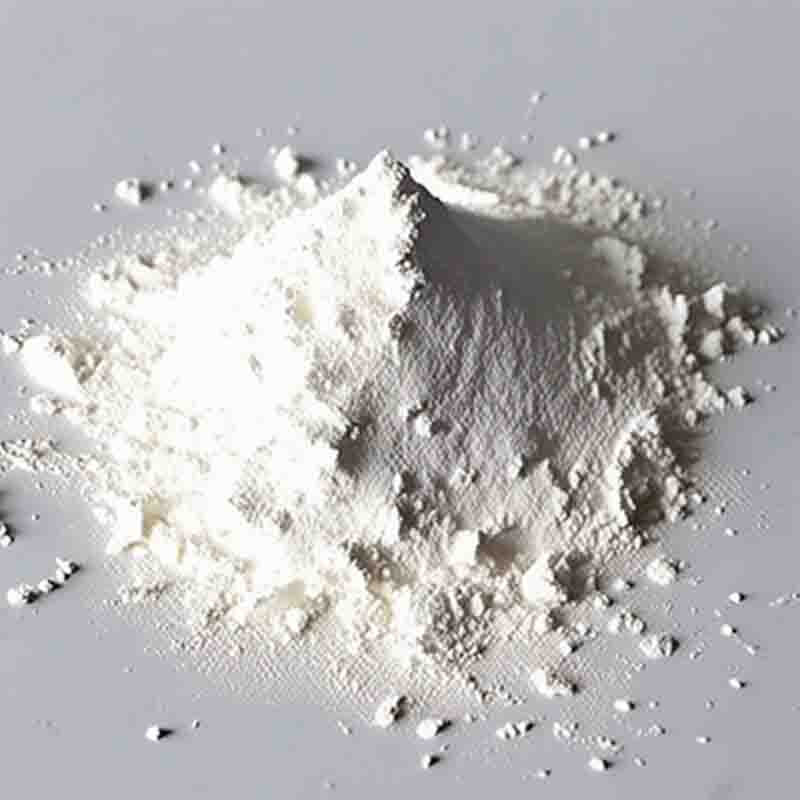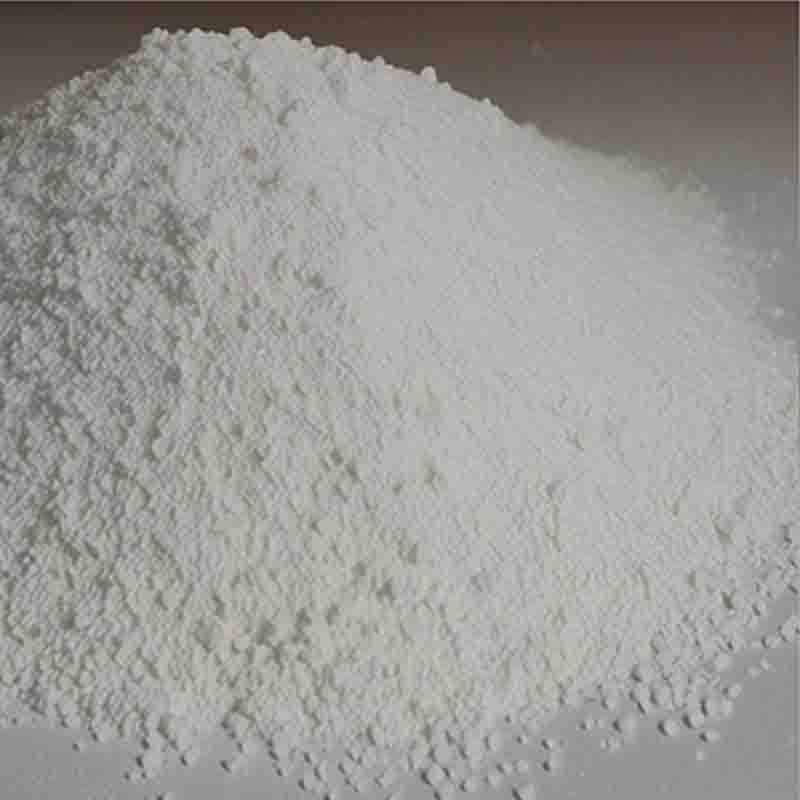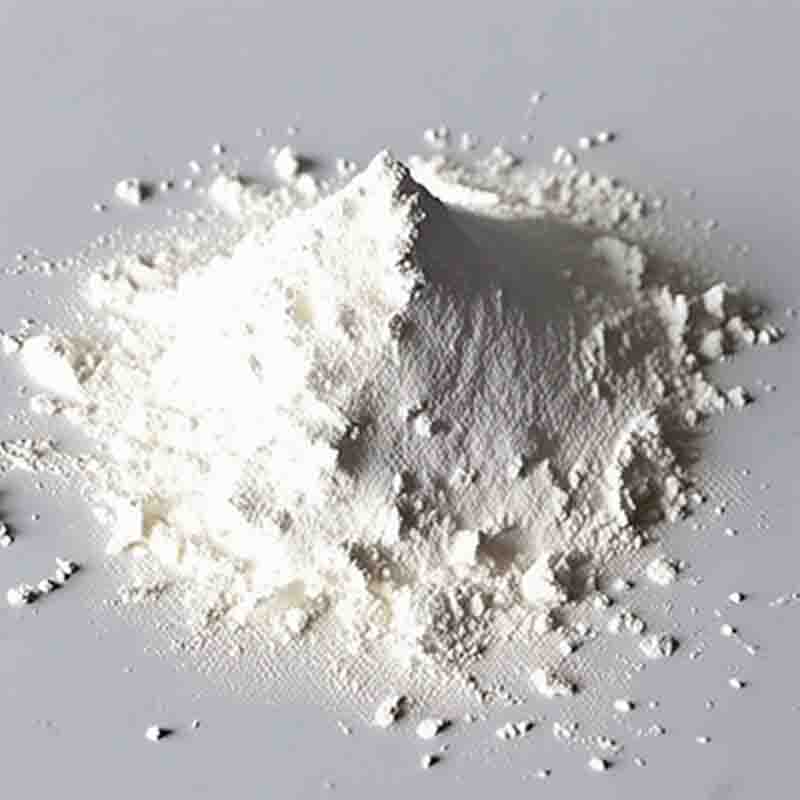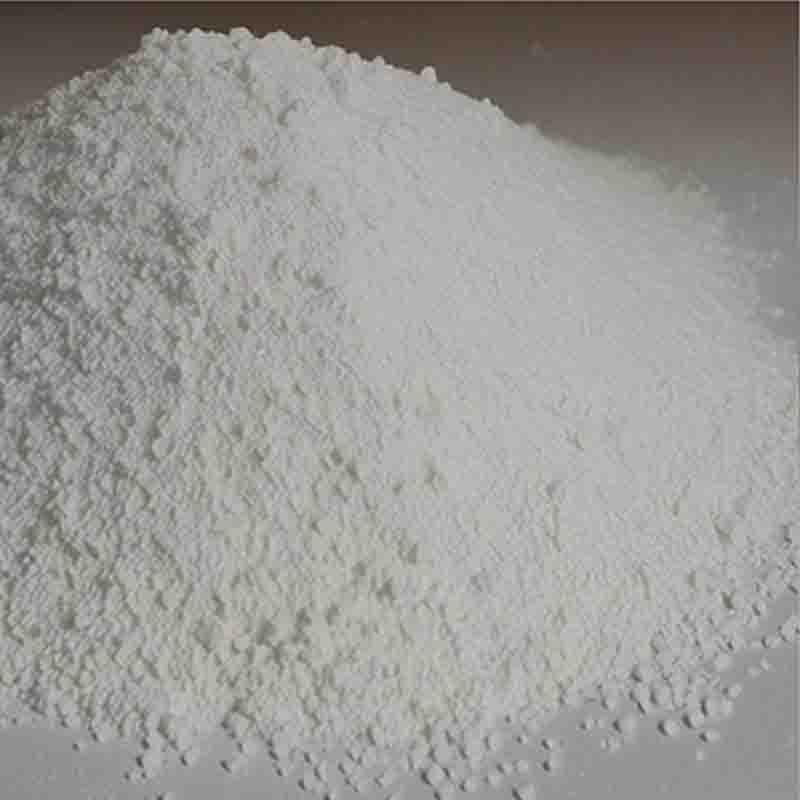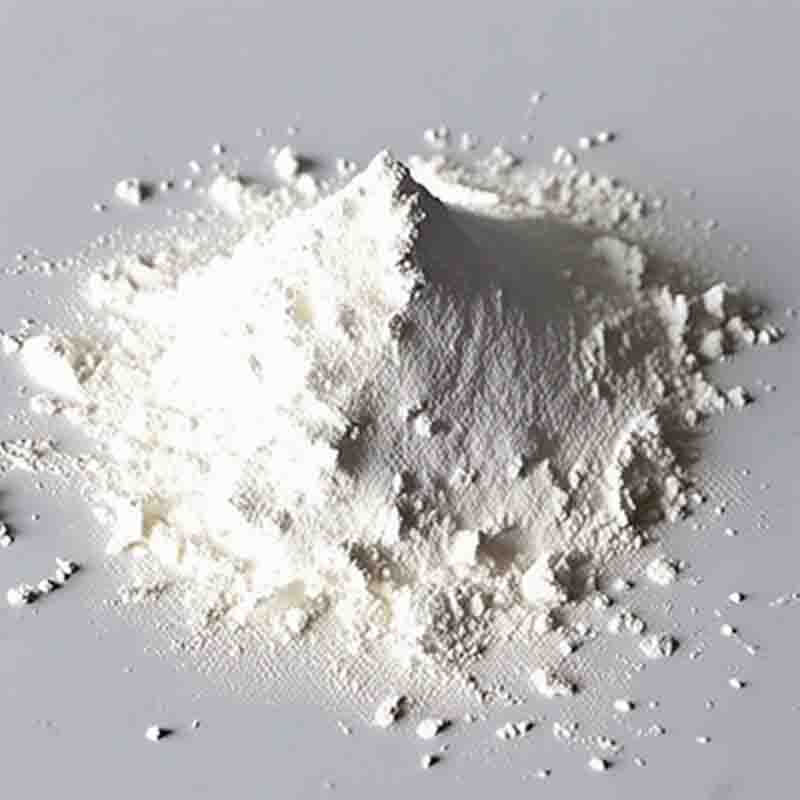1-Benzyl-5-phenylbarbituric acid CAS: 72846-00-5
| Catalog Number | XD93734 |
| Product Name | 1-Benzyl-5-phenylbarbituric acid |
| CAS | 72846-00-5 |
| Molecular Formula | C17H14N2O3 |
| Molecular Weight | 294.3 |
| Storage Details | Ambient |
Product Specification
| Appearance | White powder |
| Assay | 99% min |
1-Benzyl-5-phenylbarbituric acid is a specific organic compound that has been studied for its potential applications in various fields. Let's explore its description and potential uses in about 300 words.1-Benzyl-5-phenylbarbituric acid, also known as barbital, is a barbiturate derivative. Barbiturates are a class of drugs that act as central nervous system depressants and have sedative and hypnotic effects. Barbital was first synthesized in the early 20th century and has been used in medical and research settings.One of the primary uses of 1-Benzyl-5-phenylbarbituric acid is as a sedative and hypnotic medication. Its ability to depress the central nervous system makes it useful in the treatment of insomnia and other sleep disorders. However, due to the development of safer and more effective alternatives, the medical use of barbital has decreased over time.In addition to its sedative properties, 1-Benzyl-5-phenylbarbituric acid has been investigated for its anticonvulsant effects. It has been used in the treatment of epilepsy and seizures, although newer antiepileptic drugs with improved safety profiles have largely replaced barbiturates in clinical practice.Barbital has also been studied for its role as an anesthetic. In the past, it was used as a primary anesthetic agent due to its ability to induce sleep and reduce pain. However, its use in anesthesia has declined due to the introduction of safer anesthetic agents with fewer side effects.Furthermore, 1-Benzyl-5-phenylbarbituric acid has been utilized in scientific research. Its pharmacological properties, such as its sedative and anticonvulsant effects, make it a valuable tool in studying the central nervous system and related disorders. Researchers have used barbital in animal models to investigate the mechanisms of action of sedatives and antiepileptic drugs, as well as to explore the neurophysiological basis of sleep and anesthesia.It is important to note that the specific applications and uses of 1-Benzyl-5-phenylbarbituric acid may vary depending on the context and current medical guidelines. The use of barbiturates, including barbital, has declined in modern medicine due to their potential for abuse, addiction, and severe side effects.In summary, 1-Benzyl-5-phenylbarbituric acid, or barbital, is a compound with sedative, hypnotic, and anticonvulsant properties. It has historically been used as a medication for insomnia, epilepsy, and anesthesia. However, with the development of safer alternatives, its medical use has decreased. Despite this, barbital remains an important tool in scientific research, particularly in the study of the central nervous system and related disorders.


